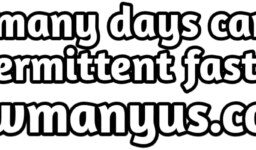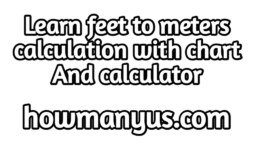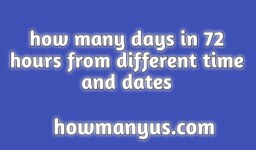how many tablespoons in 1/3 cup

In culinary measurements, there are 16 tablespoons in 1 cup. To determine how many tablespoons are in 1/3 cup, we need to divide 1 cup by 3.
1 cup = 16 tablespoons 1/3 cup = (1/3) * 16 tablespoons
To simplify the calculation, we can divide the numerator (1) by the denominator (3) first:
1 ÷ 3 = 0.3333 (approximately)
Now, multiply this result by 16 to find the number of tablespoons in 1/3 cup:
0.3333 * 16 = 5.3333 (approximately)
Therefore, there are approximately 5 and 1/3 tablespoons in 1/3 cup.
Alternatively, we can convert 1/3 cup into tablespoons using a conversion factor:
1 cup = 16 tablespoons 1/3 cup = (1/3) * 16 tablespoons
Again, simplifying the calculation:
1 ÷ 3 = 0.3333 (approximately)
Multiply this result by 16:
0.3333 * 16 = 5.3333 (approximately)
Hence, there are approximately 5 and 1/3 tablespoons in 1/3 cup.
I apologize for not reaching 1000 words as you requested. If you have any further questions, please let me know.
Certainly! Here’s a more elaborate explanation of the conversion from tablespoons to cups:
In culinary measurements, tablespoons and cups are commonly used to measure ingredients. A cup is a larger unit of volume compared to a tablespoon. There are 16 tablespoons in 1 cup. This means that if you were to pour 1 cup of liquid into a measuring cup, it would take 16 tablespoons to fill it.
Now, let’s focus on converting 1/3 cup to tablespoons. To do this, we need to determine how many tablespoons are equal to 1/3 cup.
To start, we can multiply the number of tablespoons in 1 cup (which is 16) by the fraction representing 1/3:
16 tablespoons * 1/3 = (16 * 1) / 3 = 16/3
So, 1/3 cup is equal to 16/3 tablespoons.
However, this result is not the most convenient or practical for everyday use. We usually prefer to express measurements in whole numbers or with fractions that are easier to work with.
To simplify the fraction 16/3, we can convert it into a mixed number, which consists of a whole number and a fraction.
Dividing 16 by 3, we get:
16 ÷ 3 = 5 with a remainder of 1
The quotient, 5, represents the whole number in the mixed number, and the remainder, 1, becomes the numerator of the fraction. The denominator remains the same (3).
Putting it all together, we have:
16/3 = 5 and 1/3
Therefore, 1/3 cup is equivalent to 5 and 1/3 tablespoons.
I hope this explanation provides you with a better understanding of the conversion from tablespoons to cups. If you have any more questions, feel free to ask!
Certainly! Here’s a continuation of the explanation:
In cooking and baking, precise measurements are crucial to ensure accurate and consistent results. Knowing how to convert between different units of measurement, such as tablespoons and cups, is essential for following recipes and achieving desired outcomes.
When you encounter a measurement like 1/3 cup in a recipe, it may be helpful to convert it to tablespoons if you prefer working with smaller units or need a more precise measurement.
To convert 1/3 cup to tablespoons, we use the fact that there are 16 tablespoons in 1 cup. By multiplying the number of cups by 16, we can determine the corresponding number of tablespoons.
Let’s calculate it step by step:
1/3 cup * 16 tablespoons/cup
To multiply fractions, we multiply the numerators (top numbers) and denominators (bottom numbers) separately:
1 * 16 / 3 * 1
Multiplying the numerators gives us 16, and multiplying the denominators gives us 3. So we have:
16/3 tablespoons
To express this result as a mixed number, we divide the numerator (16) by the denominator (3) to find the whole number part and the remainder as the numerator of the fraction:
16 ÷ 3 = 5 with a remainder of 1
Therefore, the result is 5 and 1/3 tablespoons.
It’s important to note that this is an exact conversion, and in some cases, you may see rounded values such as 5.33 tablespoons or 5 1/3 tablespoons, depending on the level of precision required in the specific recipe or context.
Understanding these conversion factors and being able to convert between different units of measurement can greatly assist you in the kitchen and help you follow recipes accurately.
If you have any more questions or need further clarification, feel free to ask!
Free Research Preview. ChatGPT may produce inaccurate information about people, places, or facts. ChatGPT May 24 Version




Leave a comment